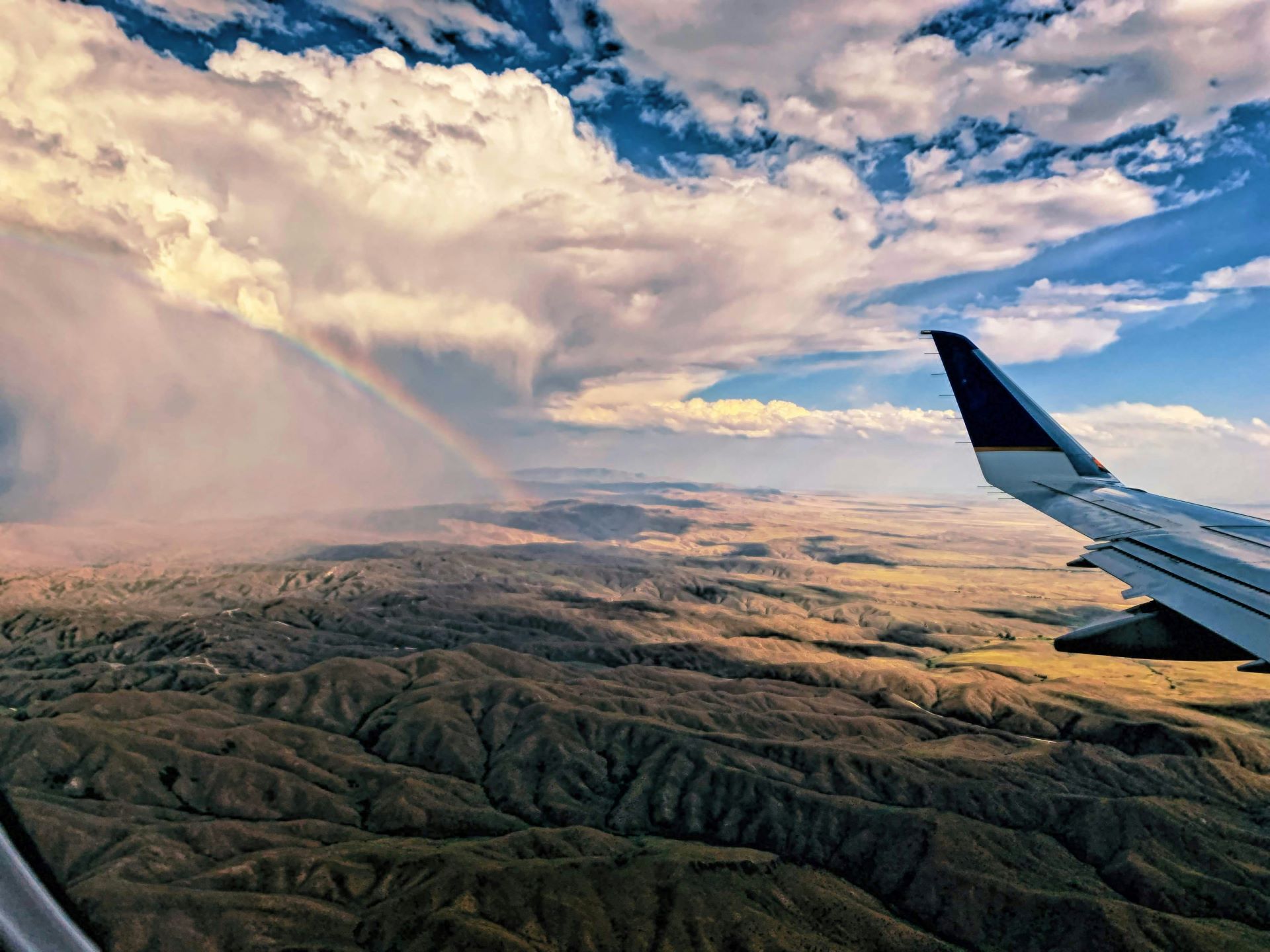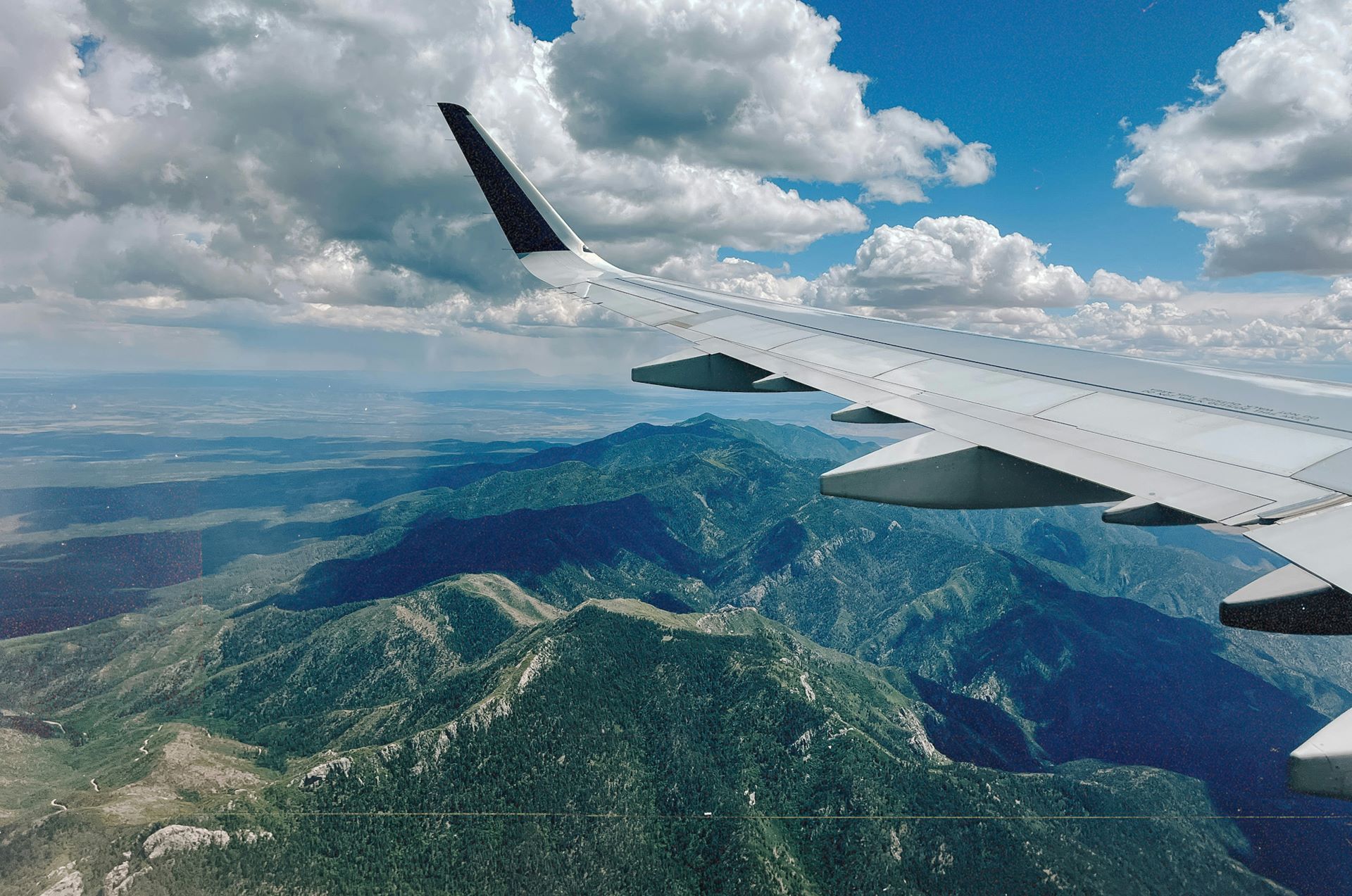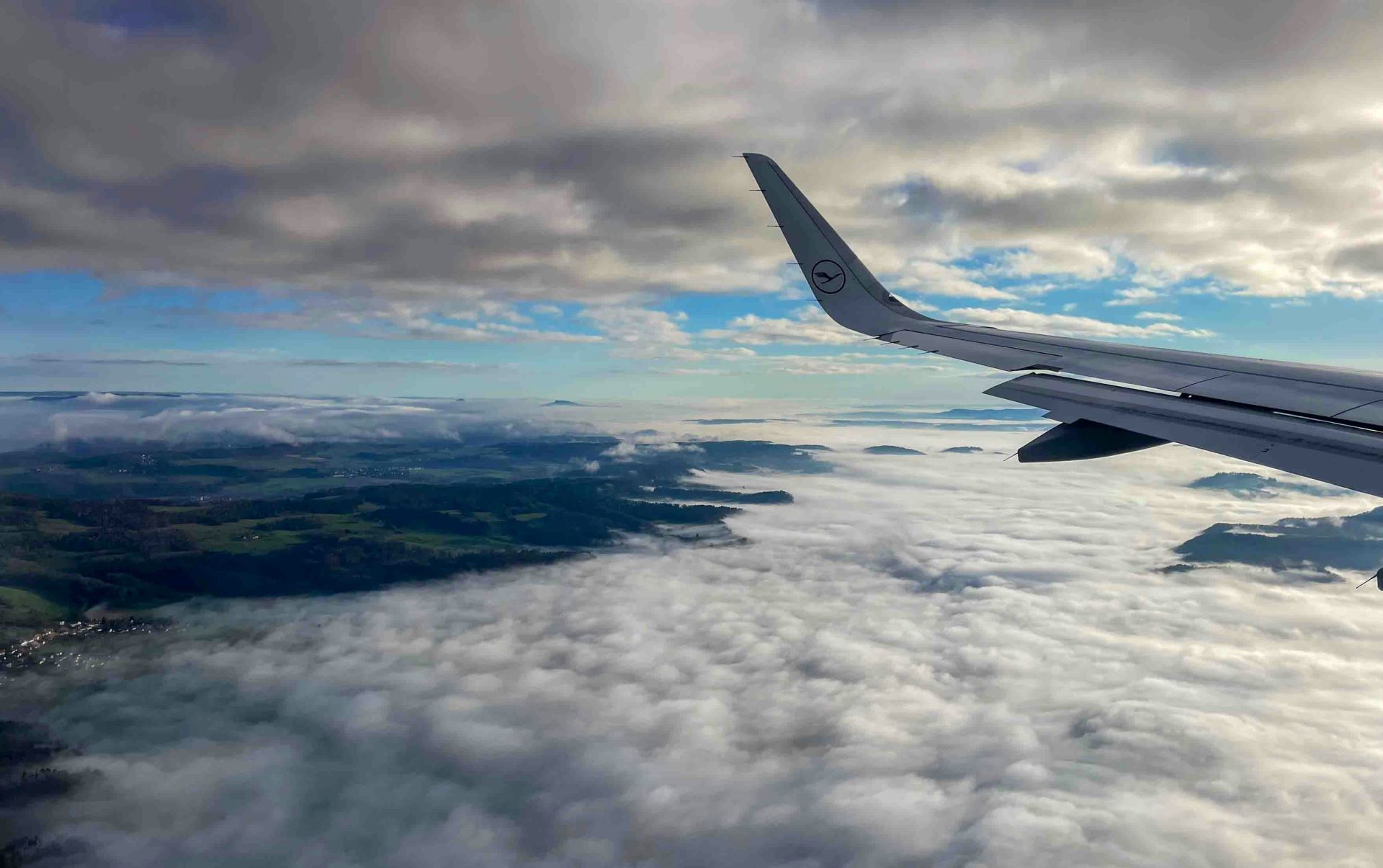The Rise of Adventure Tourism
Adventure tourism has evolved far beyond the simple thrill-seeker. Modern adventure travelers are discerning, experience-driven, and digitally connected, seeking journeys that blend physical challenge with cultural immersion and natural beauty. Whether it’s trekking the Andes, embarking on a safari across the African savannah, or exploring the depths of coral reefs, these travelers are defining a market segment that demands tailored marketing strategies. Airlines have taken note, recognising that tapping into adventure tourism requires far more than generic promotions—it demands narratives that inspire, ignite curiosity, and position the airline as a gateway to extraordinary experiences.
Adventure tourism represents a unique intersection between transportation and lifestyle. Airlines are no longer just carriers; they are storytellers, curators of experiences, and enablers of aspirations. The strategy involves a sophisticated blend of data-driven insights, curated packages, influencer partnerships, and immersive digital campaigns—all designed to resonate with travelers who value experience over convenience.

Curated Packages: Beyond the Ticket
A flight is rarely the adventure in itself—it is the conduit to one. Recognising this, airlines increasingly offer curated adventure packages that bundle flights with accommodations, local experiences, and specialized services. For mountain trekkers, packages may include guided treks, equipment rentals, and exclusive access to lesser-known trails. Safari-focused travelers might find themselves booked into eco-lodges with private wildlife excursions, game drives led by expert guides, and flexible itinerary options. Scuba diving enthusiasts are attracted by packages that pair flights with dive certifications, boat charters, and marine conservation experiences.
These curated offerings serve multiple marketing purposes. They reduce the friction of planning, ensuring that potential travelers feel both supported and inspired. They also allow airlines to differentiate themselves in a competitive market, positioning the brand as a facilitator of life-changing experiences rather than just a ticket seller. For adventure travelers, this holistic approach conveys a sense of reliability and authority—a critical factor when journeys involve remote locations or physically demanding activities.
The rise of package-based marketing also facilitates tiered experiences. Airlines can segment their offerings, catering to novice adventurers seeking guided tours and seasoned explorers desiring custom itineraries. By integrating flights, ground services, and unique experiences into one comprehensive product, airlines cultivate loyalty and create touchpoints that extend well beyond the departure gate.
Storytelling Through Social Media
Social media has become the linchpin of airline marketing to adventure tourists. Instagram reels featuring trekkers crossing misty mountain passes, TikTok clips capturing the exhilaration of a first dive into the Great Barrier Reef, or YouTube vlogs documenting wildlife encounters in Africa—all serve to visually communicate the brand’s alignment with adventure. The power of storytelling in this context cannot be overstated; it transforms aspirational travel into a tangible, shareable narrative.
Airlines leverage user-generated content to foster community engagement and authenticity. Travelers documenting their adventures while using the airline’s services become inadvertent ambassadors, providing real-world validation of curated packages and experiences. Campaigns often integrate hashtags, challenges, or contests to encourage participation, creating a viral loop where aspirational content drives bookings and further content creation.
Influencer partnerships amplify reach and credibility. Adventure influencers, seasoned guides, or travel journalists are invited to exclusive experiences, documenting their journeys across multiple channels. These partnerships are strategically selected to align with brand identity, ensuring that campaigns resonate with target demographics. Authenticity is key; audiences respond to narratives that feel genuine rather than manufactured, a factor that drives engagement, conversions, and long-term loyalty.
Harnessing Data for Precision Targeting
Modern airline marketing for adventure travelers relies heavily on data-driven precision. Customer segmentation and behavioral analytics allow airlines to identify high-potential demographics based on travel history, spending patterns, social media activity, and even search trends. Insights into preferred destinations, activity types, and seasonal travel tendencies inform targeted email campaigns, personalized offers, and programmatic advertising.
Geo-targeting enhances campaign relevance. For instance, travelers in urban hubs with disposable income and past interest in trekking, diving, or wildlife tours may receive ads for flight packages that correspond with their adventure profile. Similarly, airlines can leverage booking behavior—such as searches for remote destinations or off-season travel periods—to introduce curated offers, reinforcing the airline as a facilitator of once-in-a-lifetime experiences.
Predictive analytics further enhance marketing impact. Airlines can anticipate the next likely destination based on trends within the adventure tourism segment and craft proactive campaigns. This approach fosters a sense of serendipity and discovery for the traveler while aligning the brand with aspirational travel moments.
Partnerships and Co-Branding
Strategic partnerships are instrumental in engaging adventure travelers. Airlines often collaborate with outdoor equipment brands, tour operators, and eco-lodges to offer co-branded experiences that enhance value and credibility. A trekking package might feature equipment from a well-known gear manufacturer, while a safari offering could include a partnership with a conservation-focused lodge. These alliances not only enrich the traveler experience but also extend the airline’s brand into new lifestyle contexts.
Co-branding extends into loyalty programs as well. Frequent flyer members may gain exclusive access to adventure-related perks, such as discounted dive courses, guided treks, or priority bookings for off-the-beaten-path destinations. By tying loyalty incentives to adventure travel, airlines cultivate brand loyalty among travelers who prioritize experiences over convenience or price.
Sustainability partnerships are increasingly prominent. Eco-conscious adventure travelers are drawn to airlines that integrate environmental responsibility into their offerings. Whether offsetting carbon emissions from flights, supporting wildlife conservation initiatives, or promoting eco-lodges, airlines can position themselves as responsible enablers of adventure travel, appealing to both ethics and wanderlust.

Experiential Marketing and Immersive Campaigns
Beyond digital and packaged offerings, airlines are investing in experiential marketing to immerse travelers in adventure even before they depart. Pop-up exhibits at airports, virtual reality simulations of trekking routes, and interactive installations at travel expos allow potential customers to preview experiences. These tactics create emotional engagement, converting curiosity into bookings by bridging the gap between imagination and reality.
VR and AR technologies have proven particularly effective. A virtual dive in the Maldives or a simulated trek through the Himalayas can evoke the sensory excitement of adventure, giving travelers a taste of what awaits. Airlines are increasingly integrating these experiences into mobile apps or loyalty programs, reinforcing brand touchpoints and stimulating bookings.
Experiential campaigns also tap into social media virality. Visitors to immersive activations share content organically, amplifying reach and generating authentic interest among peers. The resulting network effect enhances brand visibility and fosters a perception of the airline as a curator of extraordinary experiences rather than a mere transportation provider.
Tailoring Communication for Diverse Adventure Segments
Adventure tourism is far from monolithic. Airlines must craft communications that resonate with diverse sub-segments: high-altitude climbers, desert trekkers, jungle explorers, scuba enthusiasts, and wildlife photographers, among others. Messaging must balance aspiration and practical information, highlighting both the thrill of the experience and the reliability of the airline as a facilitator.
Visual language, tone, and content format differ depending on the segment. For mountaineers, high-contrast imagery of peaks at sunrise or gear-centric storytelling may dominate. Safari travelers respond to narrative-driven visuals that emphasize wildlife encounters, cultural immersion, and photography opportunities. Scuba enthusiasts are drawn to underwater cinematography, expert guidance, and logistical convenience. By tailoring content to these unique motivations, airlines increase engagement, conversions, and loyalty among adventure travelers.
Seasonality is another critical consideration. Campaigns must align with peak travel windows for each activity while factoring in geographic conditions. Skiing, trekking, diving, and safari adventures all have optimal travel periods, and precise marketing timing ensures maximum relevance and responsiveness.
Measuring Impact and Optimizing Campaigns
Effective airline marketing for adventure tourism requires continuous monitoring and refinement. Key performance indicators include bookings, engagement rates, social media impressions, influencer impact, and conversion metrics for curated packages. Airlines deploy A/B testing across campaign elements—imagery, messaging, call-to-action placements, and content formats—to optimize results.
Data analytics also informs strategic adjustments. If a social media campaign for a diving destination drives high engagement but low conversion, the airline can modify offers, highlight unique inclusions, or adjust pricing strategies. Similarly, tracking post-trip reviews and traveler feedback provides qualitative insights that refine subsequent campaigns, ensuring relevance and authenticity.
Integration with CRM systems enhances long-term marketing efficacy. Airlines can nurture adventure travelers through personalized communications that anticipate future journeys, offer loyalty incentives, and maintain engagement well beyond a single trip. This approach strengthens brand affinity and positions the airline as a trusted companion in the traveler’s ongoing pursuit of adventure.
Challenges and Considerations
Marketing adventure travel is not without challenges. Safety concerns, remote logistics, and the unpredictability of nature require careful messaging. Airlines must convey excitement without undermining trust, ensuring travelers feel supported and secure. Risk management strategies, insurance offerings, and clear communication about local conditions are essential components of campaign planning.
Cultural sensitivity is also paramount. Adventure travelers often seek authentic, immersive experiences, and marketing narratives must reflect respect for local communities, traditions, and ecosystems. Missteps can damage brand reputation, particularly in an era where travelers share experiences widely across social platforms.
Finally, environmental responsibility cannot be ignored. Adventure tourism often involves sensitive ecosystems, and airlines must balance promotion with sustainability initiatives. Messaging that emphasizes eco-conscious practices, conservation partnerships, and carbon offsetting resonates with ethically minded travelers while reinforcing brand integrity.
Looking Ahead: Innovation and the Future of Adventure Airline Marketing
The future of airline marketing for adventure travelers lies at the intersection of technology, personalization, and sustainability. Artificial intelligence will enhance predictive analytics, enabling hyper-personalized offers that anticipate destination preferences and activity types. Virtual reality will continue to evolve, providing immersive previews of experiences that drive bookings. Sustainable travel practices will become central to marketing narratives, appealing to travelers who prioritize environmental stewardship alongside adventure.
Airlines will increasingly position themselves as lifestyle brands, curating not just flights but entire experiences that define personal identity. Loyalty programs will evolve to reward exploration and participation in adventure activities, creating long-term engagement that extends beyond conventional travel metrics. The integration of wellness, cultural immersion, and environmental responsibility will reshape adventure tourism marketing, making airlines pivotal players in a traveler’s journey from aspiration to experience.

Adventure travelers are a discerning, experience-driven demographic that demands more than a flight—they seek a narrative, a journey, and a gateway to extraordinary experiences. Airlines that embrace this perspective, offering curated packages, leveraging social media storytelling, harnessing data-driven insights, and engaging in immersive experiential marketing, position themselves as indispensable partners in the pursuit of adventure.
By understanding the unique motivations, behaviors, and expectations of adventure travelers, airlines can craft campaigns that inspire, engage, and convert. Success in this segment requires sophistication, authenticity, and creativity, blending technology, partnerships, and storytelling to create journeys that resonate long after the traveler has returned home. In a competitive and dynamic market, airlines that master adventure tourism marketing will not only fill seats—they will shape dreams, craft memories, and define the very essence of modern travel.
